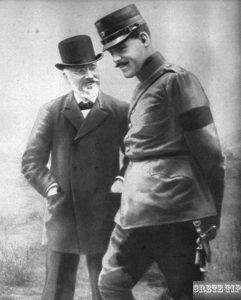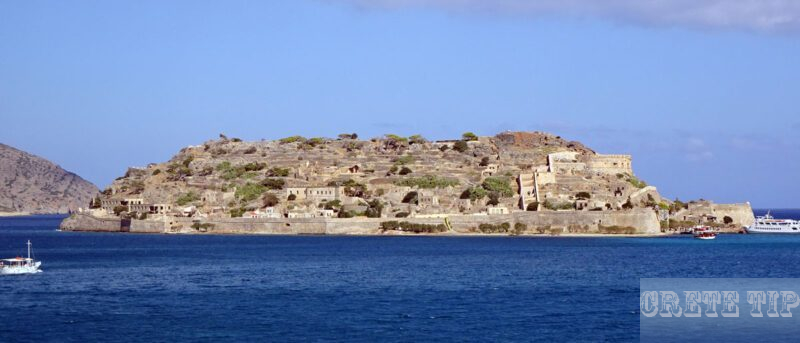The History of Crete (Part VI) under Turkish rule (1669-1898 AD).
The Turkish Crete, the wars of independence and unification with Greece.
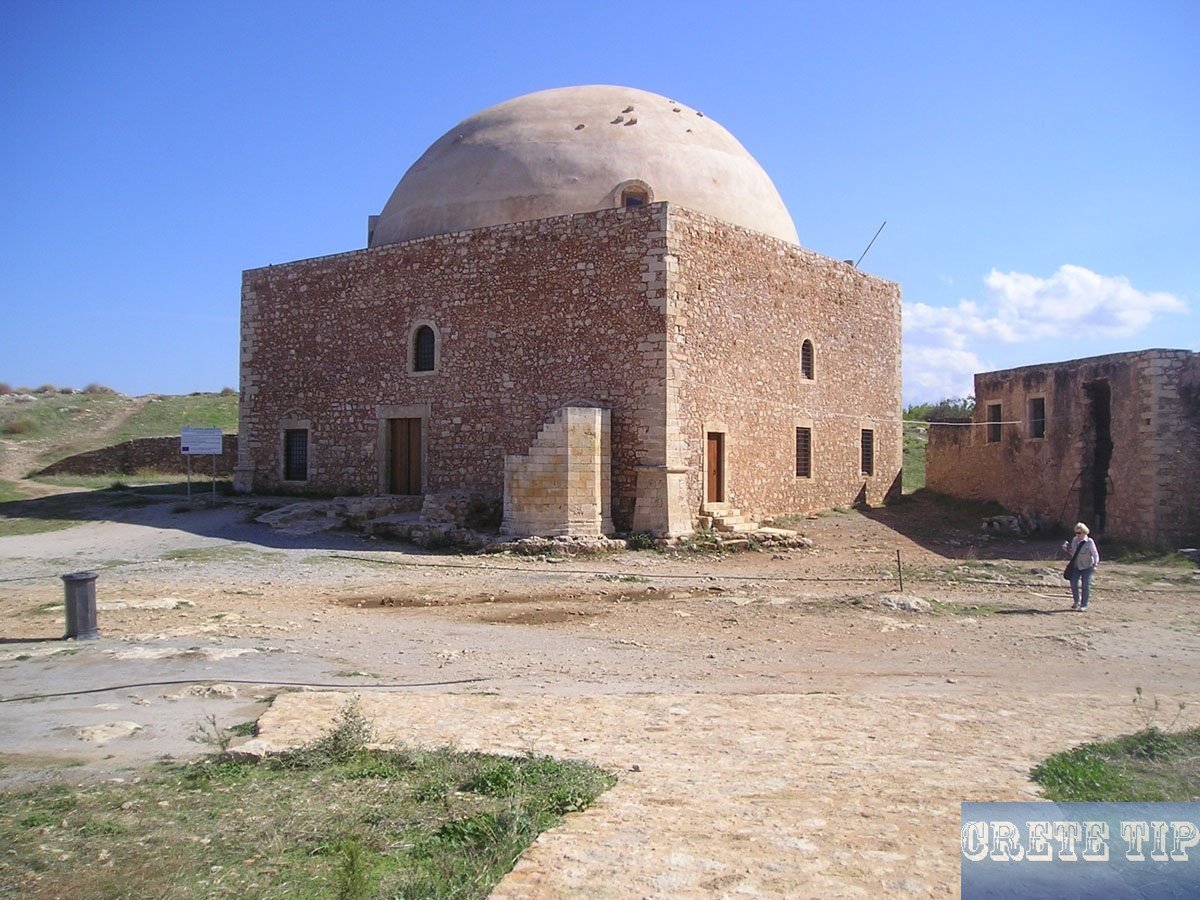
The Ottoman rule over Crete

Ottoman rule on Crete lasted from 1669 to 1898, a period of over 200 years.
Overview
Conquest: The Ottomans conquered Crete from the Venetians after a long siege of Candia (modern-day Heraklion) that lasted from 1648 to 1669.
Administrative structure: Crete became an Ottoman province (eyalet) ruled by a governor appointed by the Sultan.
Demographics: Many Muslims settled on the island, and some local Cretans converted to Islam. However, the majority of the population remained Greek Orthodox.
Economy: The Ottomans introduced new crops like tobacco and promoted trade, but also imposed heavy taxes on the local population.
Social structure: The island was divided into three main groups: Muslims, Orthodox Christians, and a small Jewish community.
Rebellions: Throughout Ottoman rule, there were numerous uprisings by the local Greek population, especially in the 19th century.
Reforms: In the 19th century, the Ottomans introduced reforms (Tanzimat) to improve administration and reduce tensions between religious communities.
Cretan State: Following the Cretan Revolt of 1897-1898 and intervention by European powers, Crete gained autonomy as the Cretan State under Ottoman suzerainty.
End of Ottoman rule: In 1913, following the Balkan Wars, Crete was officially united with Greece, ending Ottoman influence on the island.
Legacy: Ottoman rule left its mark on Cretan architecture, cuisine, and culture, with many Ottoman-era buildings still standing today.
Ottoman rule on Crete was characterized by a complex relationship between the Muslim rulers and the predominantly Christian population, marked by periods of both cooperation and conflict.
The Turkish Crete (1669-1898)

It is actually debatable whether the Turkish occupation of Crete was ever as harsh or burdensome as the Venetian rule, but the reputation of the Turks has been much worse since then.
In part, this may simply be due to the fact that the memories of it are not so long ago, but Turkish rule was also complicated by the different religions and it lasted until the period of resurgent Greek nationalism and the influence of the major European powers.
Although the majority of the local population welcomed the Turks during their invasion of the island, which was dominated by the Venetians, this state of affairs did not last long.
The twenty-five-year war for the island devastated the country and the population shrank from about 287,000 to 133,820 inhabitants. Now Crete was once again divided, this time between powerful pasha’s who saw the island as a resource to be exploited.
The Ottoman Empire laid down fewer hard rules than the Venetians, but on balance demanded no less. Instead of trying to take control of trade themselves, the Turks simply imposed crippling taxes.
There were fewer immigrants than at the time of the Venetians and the Turks showed far less interest in their conquests as long as the tax coins continued to arrive. At the same time, little of it was reinvested on the island. Thus, outside the cities there were hardly any real buildings left and the streets and even the defensive structures gradually fell apart.
The local administration was left to the local landlords and with the help of the Janissary mercenaries under their command. Thus, another layer of exploiters emerged at the local level, as these men also took their share.
The high taxes and customs duties led to the neglect and stagnation of the entire economy of the island.
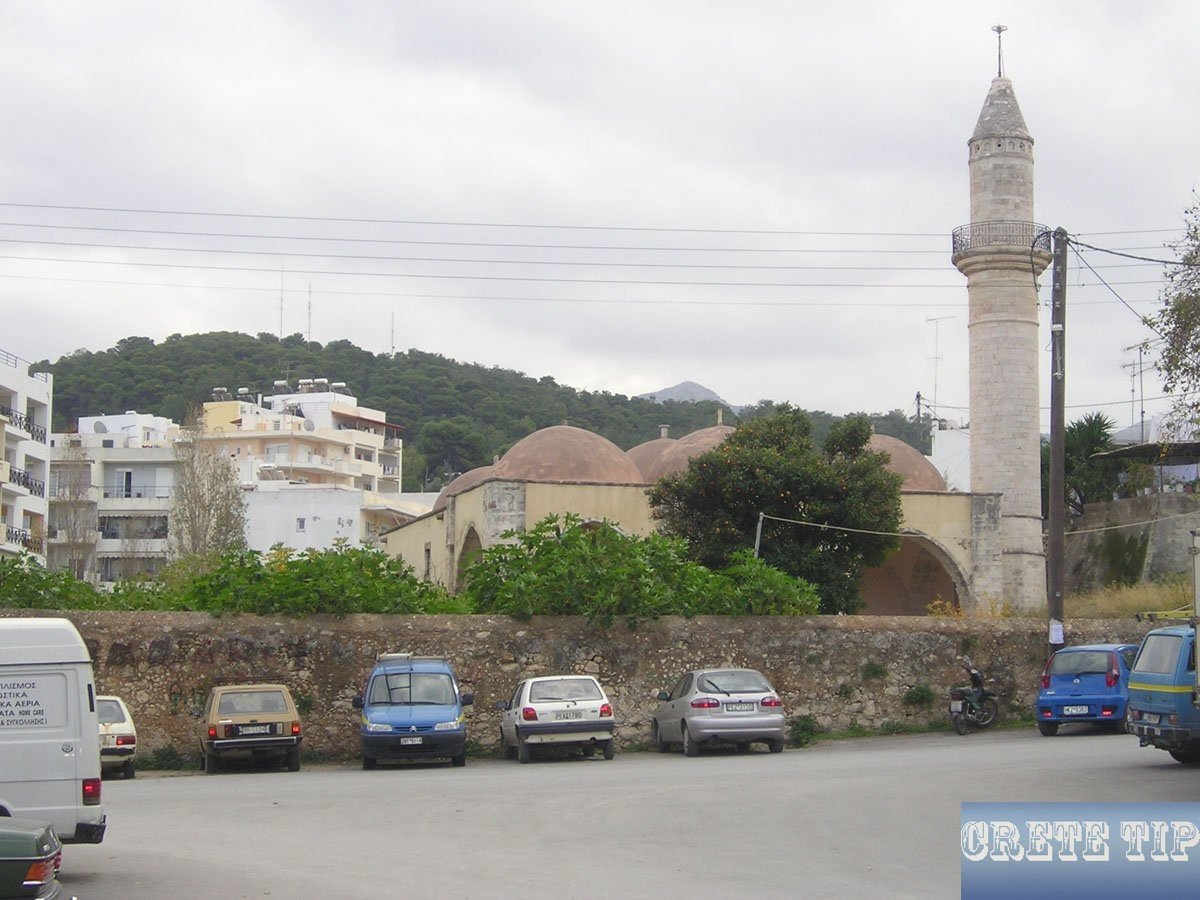
One way to escape the hardest was to become a Muslim and gradually, the majority of the Christian population converted to Islam – at least nominally. This conversion brought considerable material benefits in terms of taxation and the right to property. It also helped to avoid the worst repressions that inevitably followed any Christian rebellion.
These Greek Muslims were not particularly religious, for even among the Turks on the island, Islamic law seems to have been interpreted loosely. Thus, many continued to live secretly as Christians, but the mass apostasy led to further division of the island.
For those who remained openly Christian, the burden became heavier and heavier as there were fewer who could carry it. Many went to the mountains, where the Turkish arm could hardly reach them.
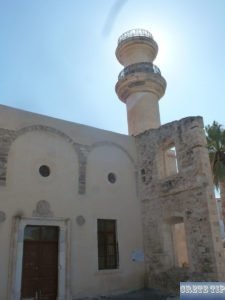
As the occupation continued, Turks concentrated their power on the cities and the fertile plains around them, while the mountains became strongholds of the Christian pallikdres. The first great rebellion came in 1770 and inevitably its center was the mountainous region of Sfakia. Under Daskaloyannis the Cretans fell into the interests of the great powers and rehearsed the rebellion and were abandoned when the promised help from Russia never came. Daskaloyannis was therefore lured to Heraklion with false promises and skinned alive by the Turks.
After the failure of the uprising, Sfakia was brought under Turkish control for a time, but the spell was broken and in the nineteenth century there was practically a constant struggle for independence.
Wars of Independence
At the beginning of the nineteenth century, the Ottoman Empire came under strong pressure on the Greek mainland. In 1821, an extensive revolution broke out, which became the Greek Revolution and War of Independence.
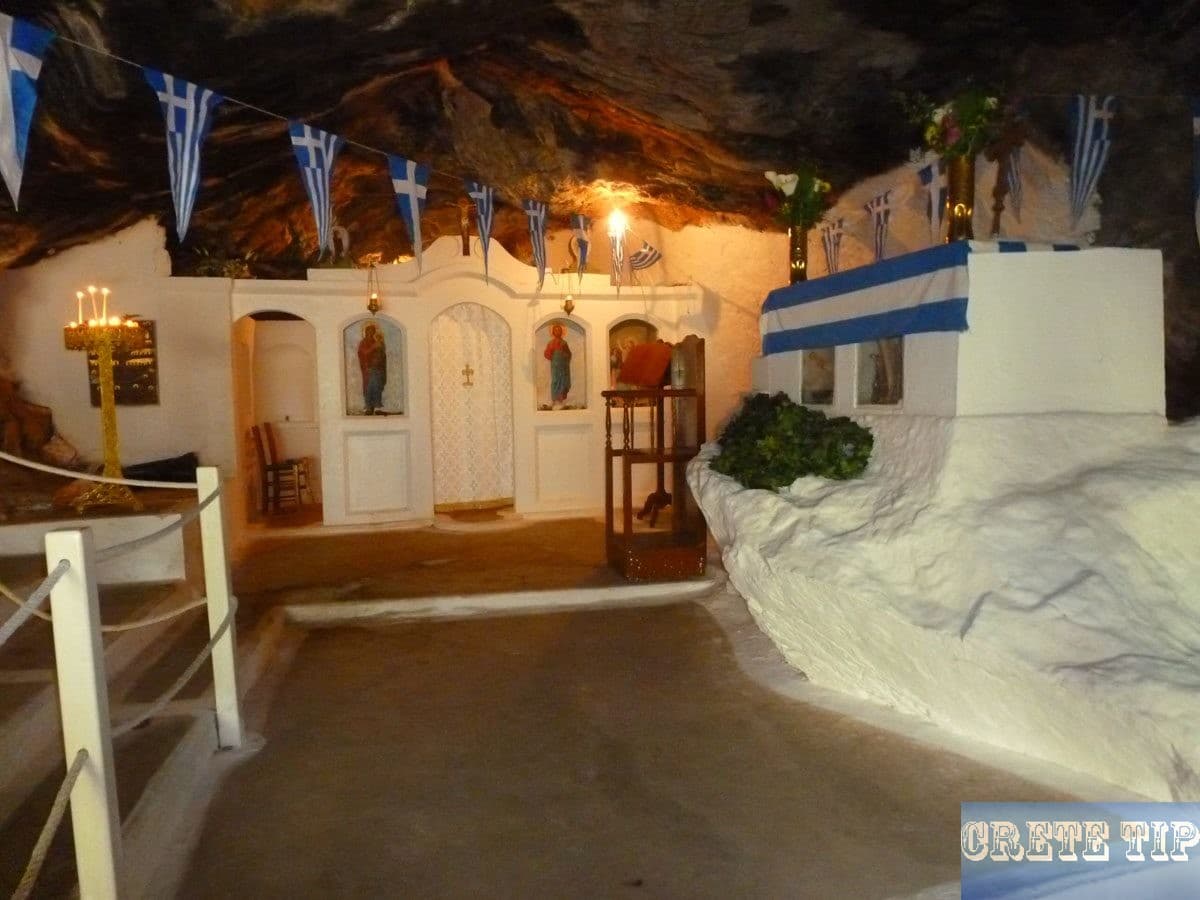
Part of the Turkish reaction to these events was to ask the Egyptian Pasha Mehmet Ali for help. His price was control of Crete. By 1824, he had broken the island’s resistance in a campaign that was brutal even by Cretan standards on both sides.
When an independent Greek state was finally founded in 1832 with the support of Great Britain, France and Russia, Crete remained in the hands of the Egyptians. Within ten years, however, it was returned to Turkish control.
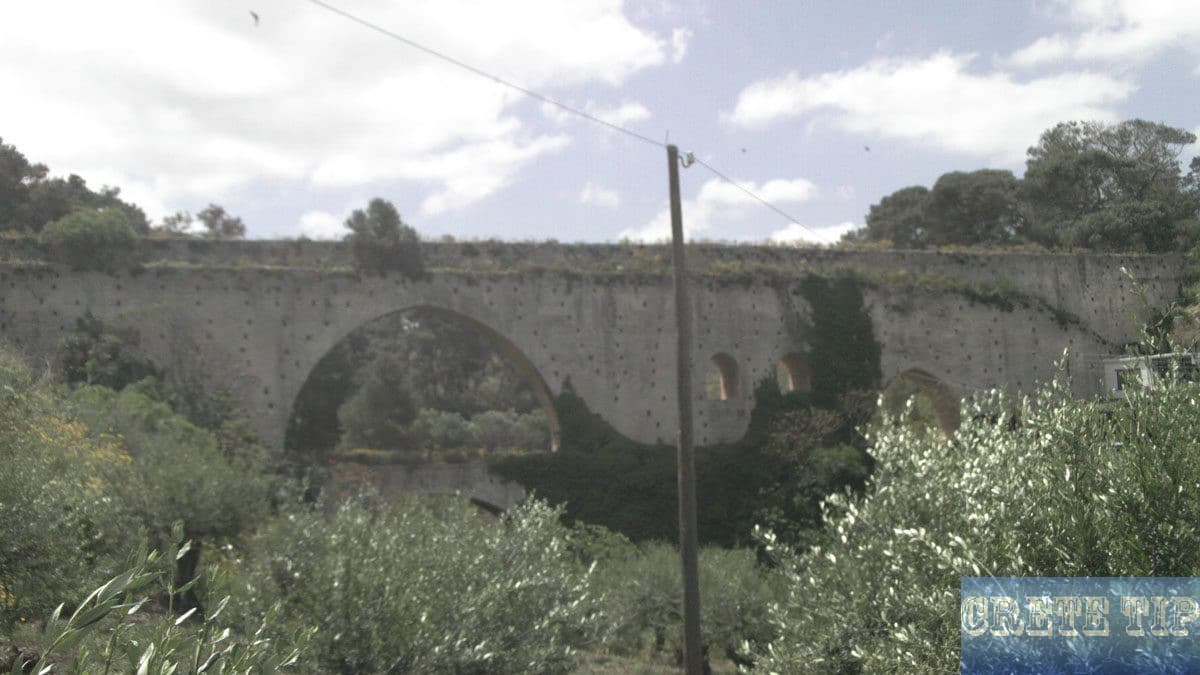
From then on, the guerrilla war for unification with Greece, called Cinosis, was almost a permanent state of affairs, which now and then escalated into new revolutions. Mostly, however, these were continuous raids and ambushes.
The Cretans enjoyed broad support, not only on the Greek mainland, but throughout Western Europe, especially among Greek communities living abroad.
There was a major uprising in 1841, which was crushed in blood, and another in 1858, which ended relatively peacefully with the dismissal of the Turkish governor and some minor concessions to the Christian population. Thus, in 1856, the Turks passed a law on the equality of Muslims and Christians and courts with equal representation were established in Candia (Heraklion) and Chania. Nevertheless, the tax burdens now remained high for all inhabitants.
In 1866 a Cretan assembly in the Sfakia mountains declared independence and unification with Greece. The subsequent ‘Great Cretan Uprising’ was also supported by Greek volunteers from outside the island.
Thus, the Egyptians were recalled to quell another wave of uprisings. Again, the Egyptian troops proved to be ruthlessly effective, but the campaign ended with the defiant explosion and suicide of the defenders at Arkadi Monastery.

This event aroused sympathy for the Cretans throughout Europe. The major powers, and Britain in particular, still refused to become involved in the affair, but private arms supplies and the number of volunteers to the insurgents doubled.
From now on, a solution to the problem seemed inevitable, but even the Berlin Congress of 1878 left Crete under Turkish rule and only demanded further reforms from the government in Istanbul. These included giving the Cretans a word in the administration and admission of the Greek language to court.
In the years 1889 and 1896 there were more violent clashes and in 1897 even Greek troops landed to annex the island. Finally, the great powers were forced to act when the British Consul was killed in a shoot-out in 1898. They occupied Crete with an international force – including Austrians and Germans – and divided the island into occupied territories controlled by the British, French, Russians and Italians.
Independence of Crete and union with Greece
The outrage that eventually led to the withdrawal of Turkish troops from Crete was the small skirmish in Heraklion in 1898, which resulted in the death of the British vice-consul. A national government was formed, nominally still under Ottoman sovereignty, but led by Prince George, younger son of King George of Greece, as High Commissioner. Under him a common Muslim-Christian assembly was convened, which was partly elected and partly appointed.
Although the attempt to take up arms was summarily defeated, Venizelos’ support was nevertheless so great that he was able to force the abdication of Prince George. In 1908 the ‘Cretan Assembly’ unilaterally declared Enosis, which caused great embarrassment to the Greek government. For in the meantime the ‘Revolution of the Young Turks’ had revived the Ottoman Empire and the great European powers were resolutely opposed to anything that could upset the delicate balance of power in the Balkans.
The failure of the Greek government to act more decisively in favor of Crete was one of the reasons why the ‘Military League of Young Officers’ forced political reforms on the mainland. With their support, Venizelos became Prime Minister of Greece in 1910, which also accepted Cretan members of parliament into the Greek parliament.
In 1912, Greece, Serbia and Bulgaria declared war on the Ottoman Empire and spectacularly invaded Turkish territory. With the Treaty of London in 1913, Crete finally and officially became part of the Greek state. In December 1913, the Greek flag was hoisted at the Firka Fortress in Chania.
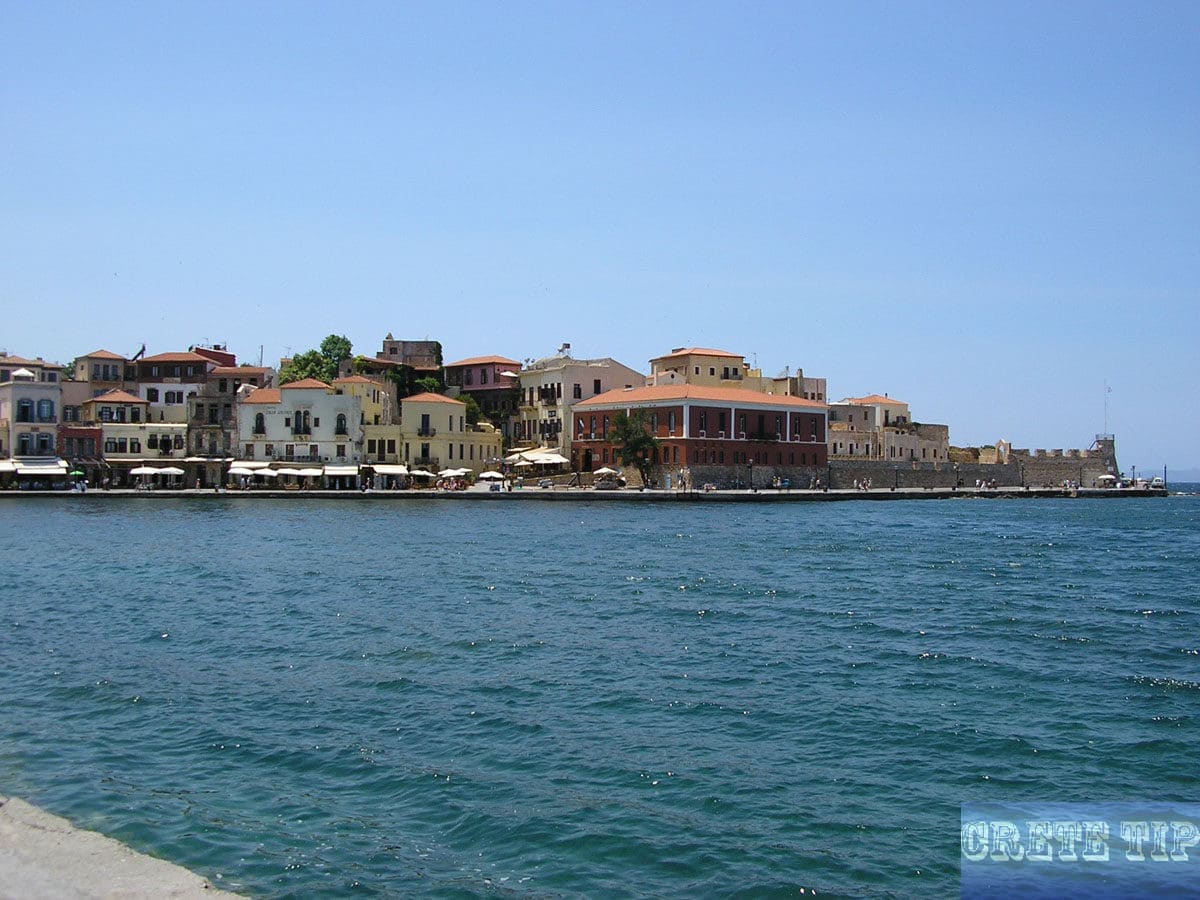
Although Greece was politically torn apart during World War One and the following decades saw frequent, sometimes violent, changes of power between Venizelist and royal forces, Crete was hardly affected by this.
Only on one other occasion did the island play a significant role in Greek affairs before the outbreak of war in 1940, when there was a popular uprising against the dictator Metaxas and in favor of the Venizelist in July 1938, but this was quickly crushed.
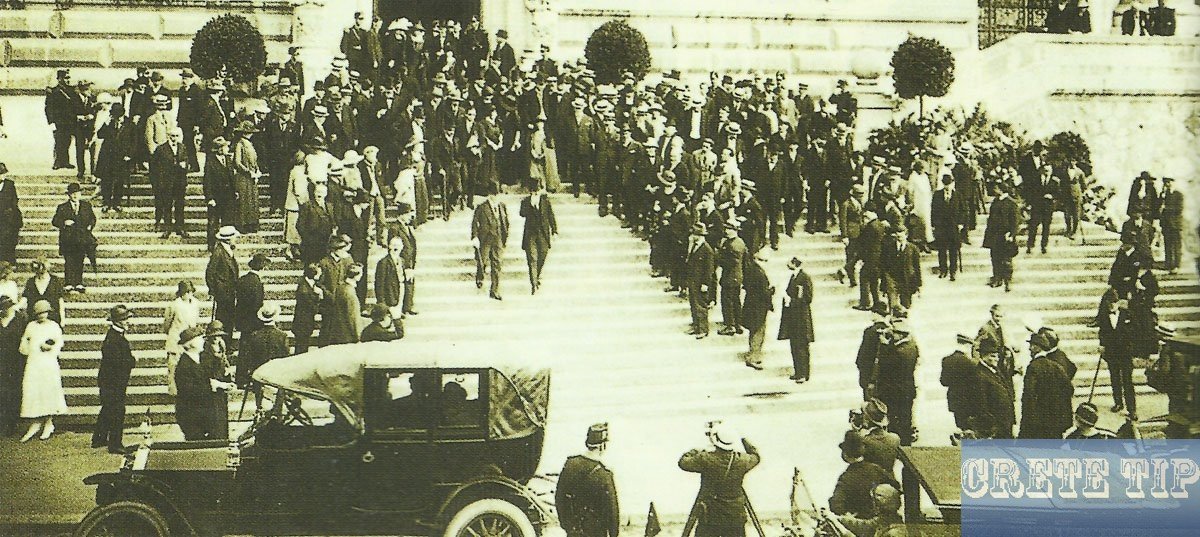
However, the island was severely affected by the consequences of the catastrophic Greek attempt to conquer Istanbul in order to realize the ‘Great Idea’ of the restoration of the Byzantine Empire. In the peace settlement that followed this military debacle, the Peace of Luasanne in 1923 resulted in a forced population exchange. Muslims from Greece and Orthodox Christians from Turkey were expelled.
In Crete, however, many of these ‘Turks’ were actually Muslim Cretans, descendants of the mass apostasy of the eighteenth century. Nevertheless, they too were forced to leave the island, and in total there were about thirty thousand people. A similar number of Christian refugees from Turkey took over their place.
A unfortunately necessary note to the short title of this page ‘Turkish Crete’:
It is a fact that Crete was under Ottoman rule from 1669 to 1898 in history and thus on the political map and internationally recognized Ottoman possession and thus part of the national territory during this period, ruled by Turks and Turkish was the official language – therefore it was the Eopche of the ‘Turkish Crete’, which is luckily over.
Even the Berlin Congress of 1878 left Crete still under Ottoman rule, as even the British and French saw it that way until the end of the 19th century.
In various Facebook groups, the article ‘Turkish Crete’ has about ten times as many ‘likes’ as negative reviews. Likewise, it is one of the most searched and read pages on CreteTip.
On Wikipedia, with similar content, the title is given as Ottoman Crete, although today we have become accustomed to also using the term Turks, common since the 6th century, for the Ottoman state entity.
As already Dr. Emmanuel Sarides wrote in early 2021: ‘Unfortunately, I underestimated the force and power of the deep-seated narratives of my Greek compatriots in the so-called national issues. For issues such as ethnogenesis and the formation of a Greek nation-state by the then Great Powers in 1832 are taboo…’
See SariBlog (Dr. Emmanuel Sarides) in German language.


